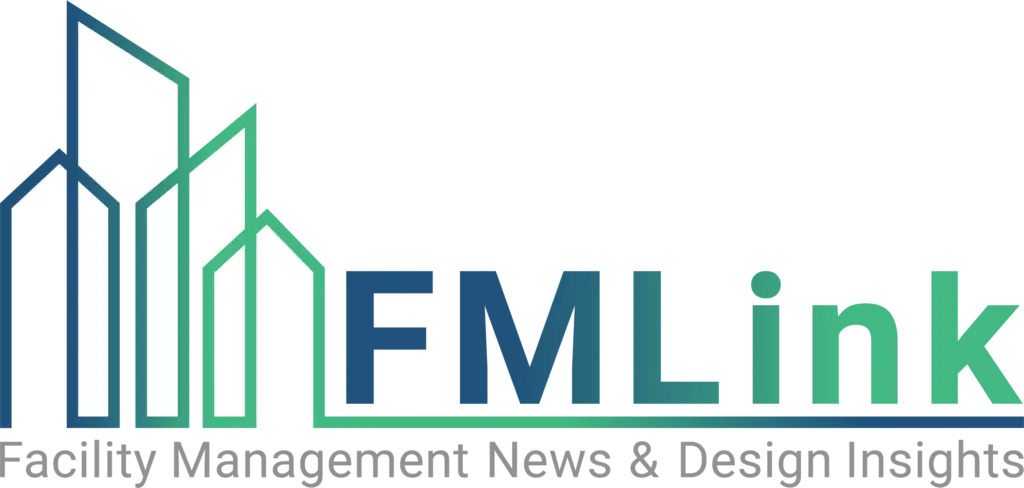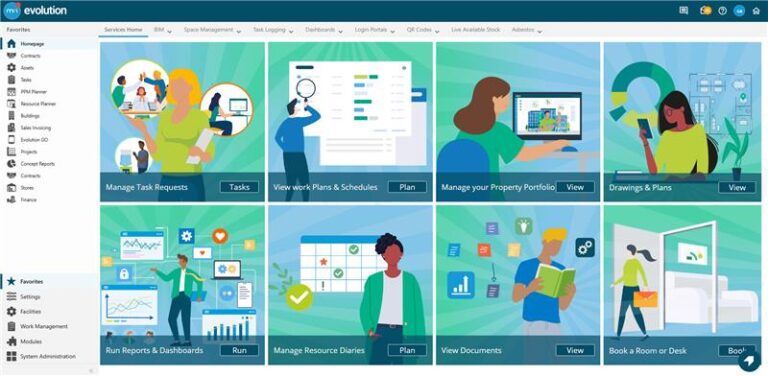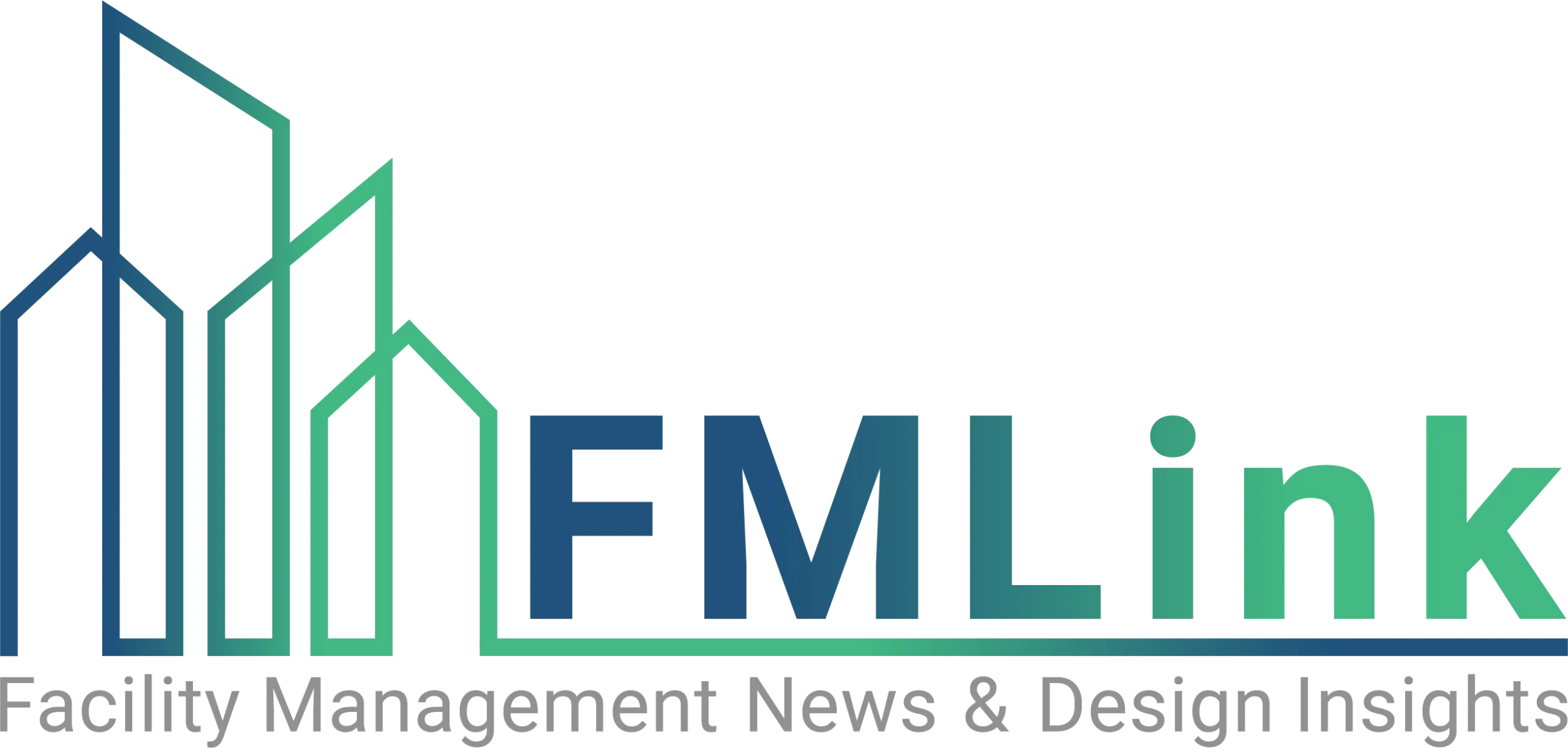The evolution of the tablet computer is important because facility managers only have begun to scratch the surface of the potential use and applications for the industry. Until recently, the word “tablets” likely would conjure up an image of Moses descending from a mountain with pieces of stone. Today, tablets have become synonymous with computers that are flat, mobile and operated by using a stylus or touchscreen. It seems like tablets only have been around since Apple introduced the iPad in 2010, but in reality, tablet PCs have been around for decades. The increasing popularity of the tablet platform with consumers recently has generated substantial interest among many businesses as replacements for notebooks and traditional desktop PCs.

Origins
The first patent attributed to the development of tablet computing was issued in 1888 to Elisha Gray, who developed an electrical stylus device that would capture handwriting. More than a quarter of a century later, in 1915, a second U.S. patent was granted for an invention that recognized handwritten characters based on handwriting motion. The first demonstration of a tablet using a handwriting text recognition device to input data rather than a keyboard occurred in 1956. Even though these early developments were the stepping stones for the evolution of the tablet, these devices simply did not become commercialized overnight. In 1956, the idea of a personal computer, much less a writing pad-like computer, was most likely only in the minds of the top science fiction writers, dedicated engineers and scientists.
It wasn’t until the late 1980s and early 1990s that tablet computers emerged as a viable platform. At the time, it was the personal computer that dominated the consumer and business market. Tablet computers were still available, but they only were used in a small niche of the enterprise market. Of course, along the way there were a number of companies that tried to introduce tablet computers to the general public. Apple unsuccessfully attempted its first tablet, the Newton, in 1993 but this attempt promptly fizzled.
About 15 years ago, tablet computers were beginning to be developed in earnest for people who worked in positions that required true mobility. A small number of companies began building tablets that would allow for pen-based or finger-based input for data entry. Because these early tablets did not require keyboards, they were perfect for mobile workers who were also technology novices. Early enterprise tablet customers included utility workers, first responders (e.g. policemen and firemen), workers in warehouses (where tablets could be mounted onto forklifts) and other workers who were in situations where a standard personal computer simply could not stand up to tough environmental conditions.
Those early tablets weren’t pretty, but they were tough. The people who used these tablets were not desk bound, but were involved in all sorts of different mobile activities. Their computers needed to withstand all sorts of tough environmental conditions such as extreme temperatures, drops and a variety of issues that were not normal conditions for a standard PC or notebook computer. This resulted in the development of the rugged tablet PC as an industry category that has been growing as today’s workforce becomes more mobile, and the need for a product to stand up to real world conditions becomes more necessary. Software developers only are beginning to react to the tablet’s popularity with increased development of programs that can run industry-critical and well-defined applications.
While rugged tablets started to make inroads into a variety of industries, and the companies behind these tablets continued to make them more and more rugged, the advent of consumer tablets began with Bill Gates and his introduction of the Microsoft Tablet PC in 2000. Gates, with much fanfare, introduced his Microsoft Tablet PC running a specifically tablet-enhanced version of Microsoft Windows operating system at a major press conference in New York. At the time, Gates believed the tablet computer would revolutionize computing. Microsoft tablets were developed to address business needs, and in working with companies like Xplore Technologies, they also began to build more rugged tablets for field work. Unfortunately, Gates was premature in his prediction. The initial units simply were not consumer-friendly; they were heavy, cumbersome and the software was inadequate to make them viable alternatives to traditional PCs or notebook computers.
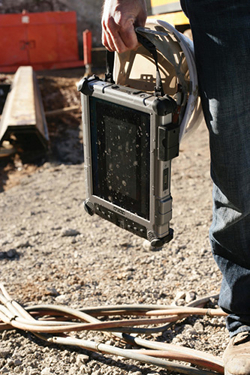
While the rugged tablet market remained stable with relatively flat growth, the consumer tablet market was pretty much dead until the launch of the iPad in 2010. The iPad’s sleek design, coupled with the thousands of applications that could be run on it, made tablets the hot phenomenon they are today.
How can tablets be used in facility management?
“The year of the tablet” was the buzz at the 2011 Consumer Electronics Show as Toshiba, Samsung, HP, Motorola, Dell, Panasonic and many other companies began to unveil their own products to compete with Apple’s iPad. In a recent The Wall Street Journal article, Sarah Rotman Epps, an analyst at Forrester Research, estimated that 82 million Americans will be using tablets by 2015. That makes the tablet computer one of the fastest adopted form factors to date.
Many facility managers probably are considering adopting the tablet platform themselves. After all, they are mobile and require the ability to have at their fingertips data and other key metrics. Should a facility manager simply buy an iPad and use that? What about the newer offerings from other companies of semi-rugged computers? Or is a certifiably rugged tablet needed? How does one determine what type of tablet to employ?
There are three types of tablet computers that a facility manager might consider using, and in many situations it may be the type of facility that helps to determine the type of tablet that is best to select.
The consumer tablet
This would include the iPad and Android-based tablets that are popular today. They are fun, thin, lightweight and have plenty of apps. The downside is they are really an indoor executive’s tool. If dropped, they will break; if sat on by error, they will snap; and they can scratch and short out if exposed to liquids such as water, mud or oil. Finally, they simply don’t work well in extreme temperatures or dusty conditions.
The semi-rugged tablets
These computers look pretty rugged and can withstand some drops. They probably still will work after some liquid spills on them. They also have rubber bumpers that will protect against some vibration, especially if they are mounted. These semi-rugged tablets can provide some valuable protection to managers who are constantly on the go in their facilities.
The rugged tablet
Rugged tablet PCs are designed to withstand drops to concrete of a minimum of four feet, extreme temperatures, shocks and vibrations and, in some instances, immersion in liquids. They are particularly appropriate for facility managers who find themselves in environments where one never would have considered bringing a computer, such as water treatment plants or nuclear power plants. Furthermore, these types of computers can be mounted on vehicles for use when traveling to various areas of the facility. They are full computers operating on Windows platforms with robust software programs that are designed for specific needs of the enterprise.
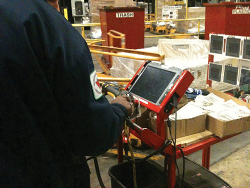
Some key factors to consider when evaluating tablets are:
- What form factor is best for your facility? Are you managing an office or apartment building where your “soft skills” are more in play (customer relations, contractor coordination and support, team building, technical judgment, time management, business continuity and financial awareness)? Or are you the manager of a large multi-building industrial facility where you must deal with electrical wiring and power distribution, carpentry, plumbing and water works, operating and maintenance of HVAC or civil and structural engineering? The environment in which you spend most of your time will be a key factor in the type of tablet you choose.
- What is the best way for you to input data? Can you use a pen or finger touch, or are you going to be in special garb where your hand always is gloved and input may be difficult?
- What is the battery life of the tablet you’re selecting? If you manage a facility where you have to cover a lot of distance every day and cannot be near a source of direct power for long periods of time, how long do you need that battery to last?
- What is the processing ability of the tablet? You may need to access a wide variety of data and you’ll want to be sure that the processing power will handle all your critical applications.
- What sort of data protection is provided?
- What about the transmission integrity? Does the tablet allow for radio conversations? In most instances, the rugged tablets are actually providing multiple radios in one device. This integration of technologies supporting WLAN, broadband, Bluetooth and dedicated GPS capabilities can be extremely important for those in the field communicating wireless with others across the enterprise. Likewise, radio integration and custom antenna designs can optimize performance while ensuring all wireless modules are integrated and protected.
- And, of course, what is the total cost of ownership? In many instances, the total cost of ownership is far more than simply a comparison of initial hardware costs.
Tablet computers can be effective tools for facility managers. With the plethora of selections today, facility managers have an opportunity to work with IT departments to achieve the most effective solution possible to enable them to have a tool that allows them to carry out the most important aspects of their jobs—making sure facilities large and small run efficiently and safely. FMJ
